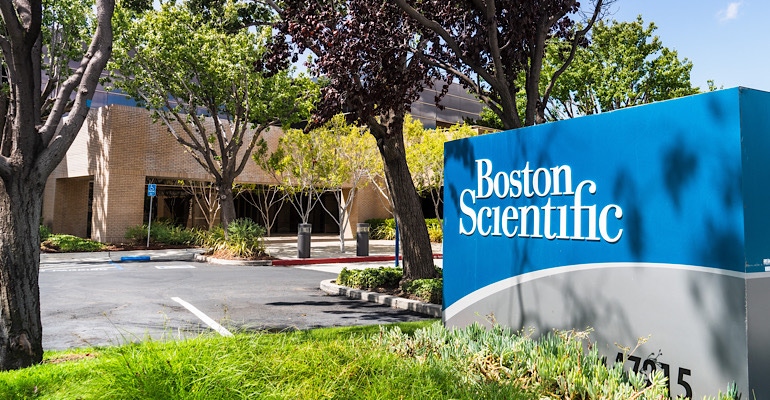Data from the investigator-initiated Early neo2 Registry and ITAL-neo Registry studies show low rates of paravalvular leakage and permanent pacemaker implementation.
May 20, 2021

Boston Scientific is bringing home some good news for its Acurate Neo2 Aortic Valve system. The Marlborough, MA-based company presented data at hotline and late-breaking trial sessions at EuroPCR 2021.
Data from the investigator-initiated Early neo2 Registry and ITAL-neo Registry studies show low rates of paravalvular leakage (PVL) and permanent pacemaker implementation (PPI).
Key findings from Early neo2 Registry, a retrospective analysis of 554 patients from 12 European centers included;
1.3% post-operative moderate/severe PVL rate which was lower than the rate observed in prior studies with the ACURATE neo device. The mild and none/trace PVL rates were 33.3% and 65.4%, respectively.
6% in-hospital PPI rate, 2.1% in-hospital stroke rate, 1.3% mortality rate at 30 days and excellent hemodynamics (mean gradient of 9mmHg).
The retrospective ITAL-neo Registry, comprised 95 TAVR patients from nine Italian centers. These patients were evaluated in-hospital device success and in-hospital patient outcomes with the Acurate neo2 device. Findings included:
3.1% pre-discharge moderate/severe PVL rate. This rate, in addition to the mild and none/trace PVL rates (56.9% and 40%), was lower than previously reported rates in studies of the ACURATE neo device.
97.9% device success rate, 1.1% in-hospital stroke rate, 11.2% in-hospital new PPI rate and excellent hemodynamics (pre-discharge mean gradient of 8.2 mmHg).
This could be a huge boon for Boston Scientific in the TAVR landscape. Late last year, the company removed its primary TAVR option when it retired its entire Lotus platform.
This measure allowed the Acurate Neo the opportunity to go to the forefront. Boston Scientific inherited the device when it acquired Symetis for $435 million in 2017.
About the Author(s)
You May Also Like


